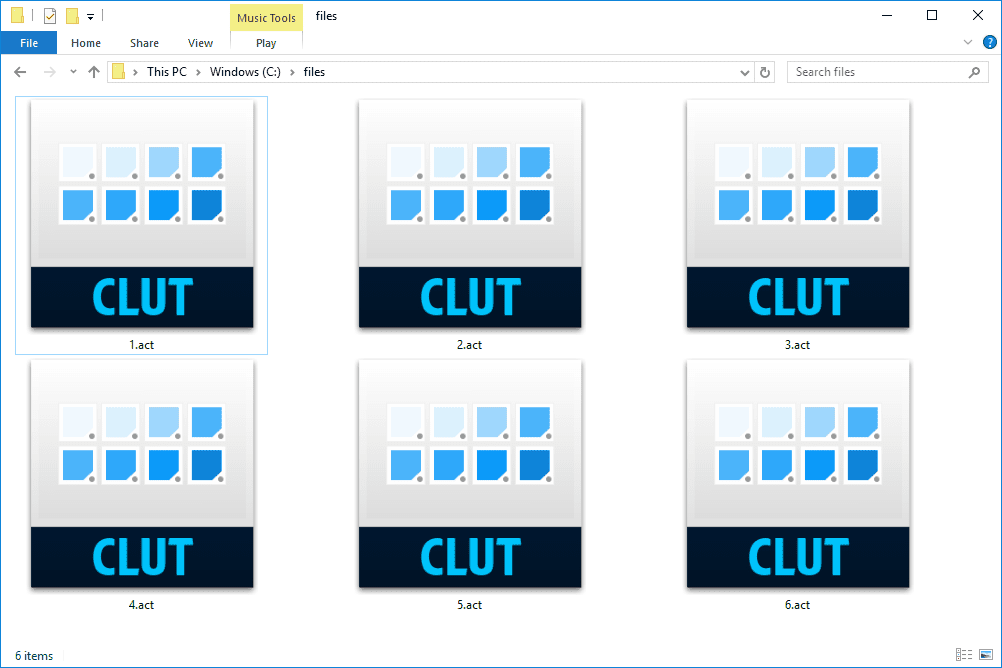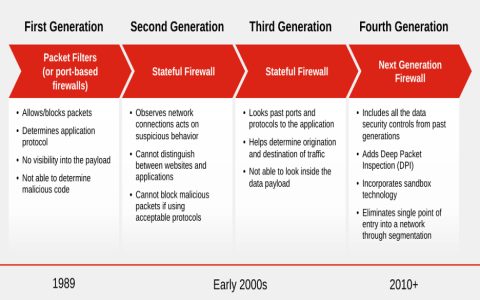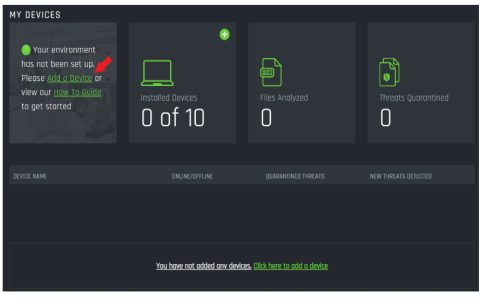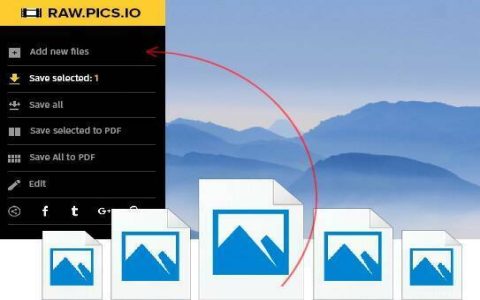While "ACT file" lacks a universal definition, it commonly refers to specific structured data files in technical contexts. Understanding its typical usage and structure is essential for effective handling.
Primary Contexts & Applications
Computing & Systems: ACT files often serve as configuration or instruction files for applications, operating system components, or batch processes. These plain text files contain directives, parameters, or scripts.
Scientific/Research Data: Some instruments or specialized software export measurement data (e.g., calibration results, sensor readings) in proprietary ACT formats, requiring specific parsers.

Batch Processing: Automation tools may use ACT files to define sequences of actions or jobs.
Core Structural Components
- Header Section: Often defines file format version, timestamp, creator application details.
- Configuration Blocks/Records: Key-value pairs (e.g., "setting_name = value") or structured parameters grouped by function.
- Action Scripts/Commands: Lines specifying executable commands or steps.
- Data Records: Tabular or delimited data points in research/data logging ACT files.
- Comments: Lines prefixed with symbols (e.g., #, ;, //) ignored during parsing.
Key Benefits & Handling
- Interoperability: Standardizes data exchange between compatible systems.
- Automation: Enables batch execution of predefined tasks.
- Manual Editing: Text-based nature allows modification with basic editors.
Key Considerations
- Context is Crucial: Content meaning depends entirely on the generating/consuming application. No universal schema exists.
- Syntax Sensitivity: Precise adherence to required syntax (delimiters, case sensitivity, spacing) is mandatory.
- Tool Dependency: Opening and interpreting ACT files reliably requires the specific software that uses them or dedicated parsers/converters.
- Validation: Syntax errors or incorrect values often cause application failures; validation tools are highly recommended.
- Security: Executable ACT files carry inherent risks; validate sources thoroughly.
Effectively utilizing ACT files demands identifying the specific context and adhering strictly to the associated application's documentation and schema requirements.








